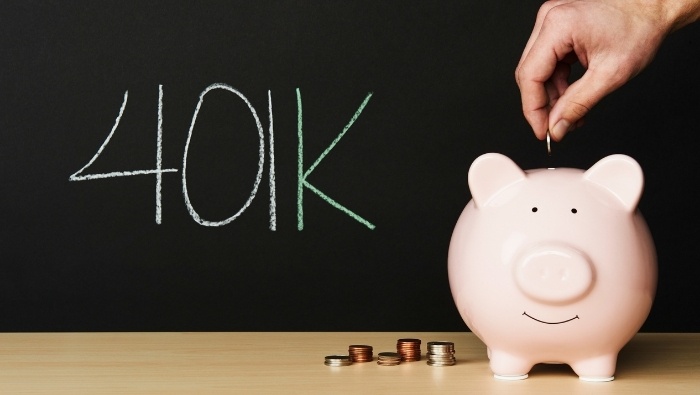Saving for Retirement: Employer Matching Retirement Plans

You probably wouldn’t refuse “free” money if it were handed to you. But that is essentially what you are doing if you don’t enroll in your employer’s retirement plan, such as a 401k, that matches contributions.
If your employer offers a matching contribution to your retirement plan, the cardinal rule is to contribute whatever the employer is willing to match, even if it is only a percentage of your contribution and not a dollar-for-dollar match.
Imagine depositing $1,000 of your money into the bank, but instead of getting a crummy toaster, you receive an extra $1,000 to go along with your deposit.
To add to the fun, imagine getting a tax deduction for your deposit and not having to pay tax on your “gift.”
Furthermore, both your $1,000 and the gift $1,000 grow (it is to be hoped), and you don’t have to pay income tax on the interest, dividends, capital gains, or the appreciation until you withdraw the money. When you withdraw the money, you will have to pay taxes, but you will have gained interest, dividends, and appreciation in the meantime.
That is what employer matching contributions to retirement plans are all about. If the employer matches the employee contribution, it offers a 100% return on the investment in one day (assuming no early withdrawal penalties apply and the matched funds are fully vested).
Over the years, I have heard hundreds of excuses for not taking advantage of an employer-matching plan. All those reasons can be summarized in two words: ignorance and neglect.
If you didn’t know that before, you know now. If you are not currently taking advantage of your employer-matching plan, run (don’t walk) to your plan administrator and begin the paperwork to take advantage of the employer-match.
Matching contributions are most commonly found within Section 401k, 403b, and 457 plans. Even if your employer is only willing to make a partial match up to a cap, you should still take advantage of this opportunity. A fairly common agreement is that the employer will contribute 50 cents for every dollar up to the first 6% of salary you contribute.
Don’t grouse that it is not enough or not worth it. You have everything to gain. This is free money that will compound and grow, and as Einstein said, “The most powerful force in the universe is compound interest.”
Reviewed September 2023
About the Author
As one of the country’s top IRA experts, James Lange has developed tax-savvy retirement and estate plans for over 1400 U.S. citizens with appreciable assets in their IRAs and 401(k) plans. In his book Retire Secure!, Jim systematically proves you can be tens of thousands to over a million dollars richer by “paying taxes later” and using Roth IRAs.
Sign Up for Savings
Subscribe to get money-saving content by email that can help you stretch your dollars further.
Twice each week, you'll receive articles and tips that can help you free up and keep more of your hard-earned money, even on the tightest of budgets.
We respect your privacy. Unsubscribe at any time.
Wouldn't you like to be a Stretcher too?
Subscribe to get our money-saving content twice per week by email and start living better for less.
We respect your privacy. Unsubscribe at any time.
Popular Articles
- 7 Habits of Highly Frugal People
- 5 Simple Budget Cuts That Can Save $200 a Month
- How to Track Down Unclaimed Funds Owed You
- 32 Ways to Save Money on Your Utility Bills
- Do You Need Credit Life Insurance When Buying a New Car?
- How to Maximize Profits When Selling Online
- Staying Motivated to Continue Digging Yourself Out of Debt
On After50Finances.com
- 9 Things You Need to Do Before You Retire
- You Didn’t Save Enough for Retirement and You’re 55+
- When Empty Nesters Reorganize and Declutter Their Home
- Reinventing Your Career in Your 50s or 60s
- What Mature Homeowners Should Know about Reverse Mortgages
- 2 Reasons to Collect Social Security Benefits As Soon As Possible

